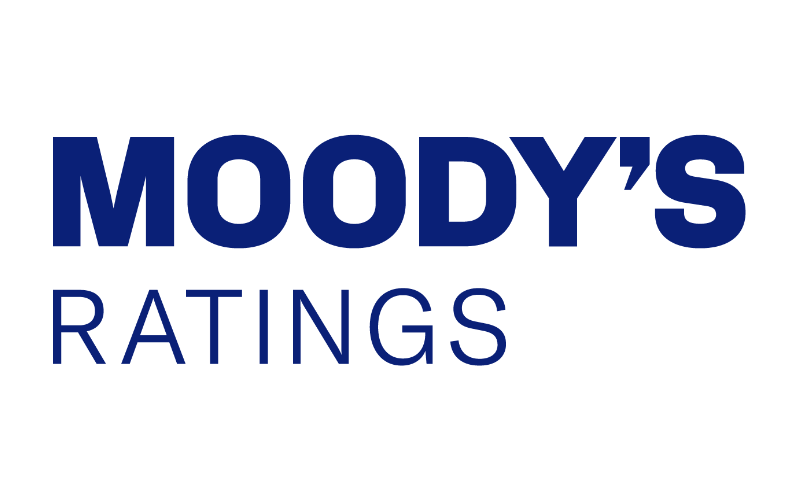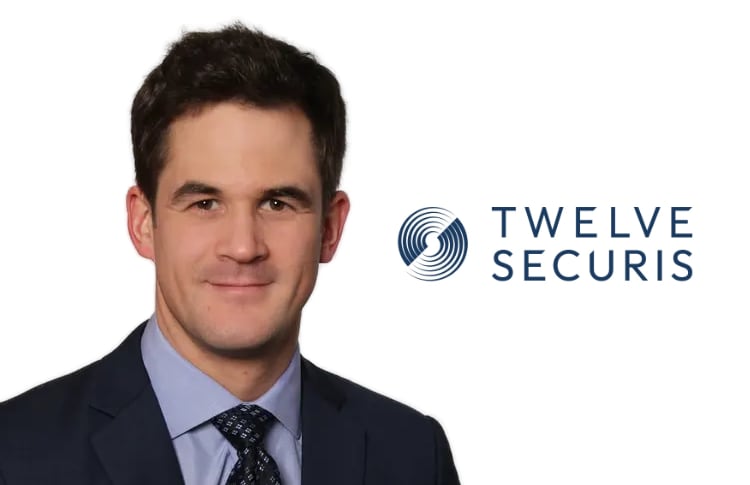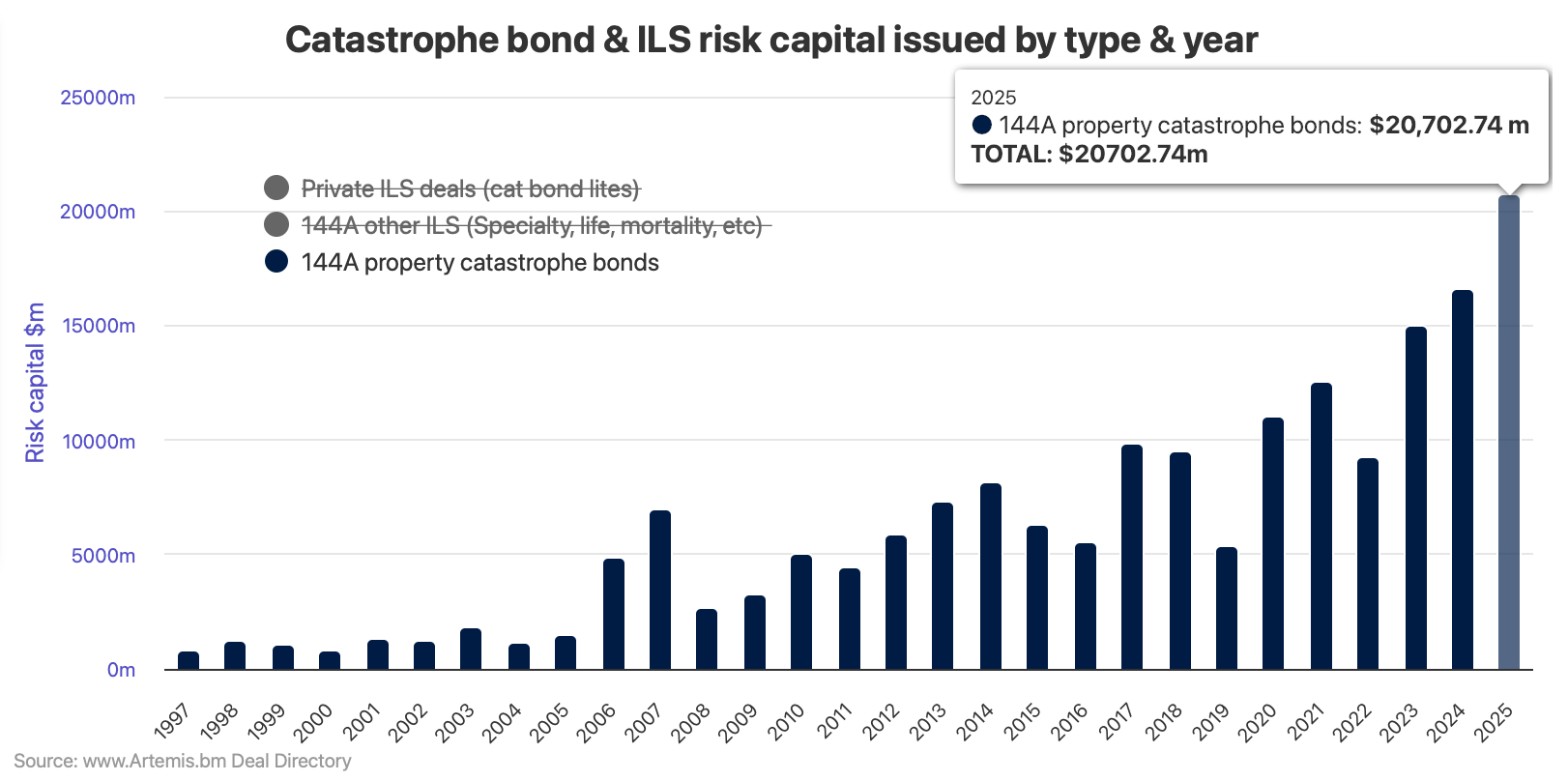
The California Earthquake Authority’s (CEA) reinsurance and catastrophe bond based risk transfer program shrank slightly by December 1st 2021, but with forecasts suggesting it could need to buy as much as $6 billion more in limit over just the next 5 years, further growth seems likely.As we previously reported, .When we reported that, the CEA’s reinsurance and catastrophe bond program had grown slightly to almost $9.6 billion by the end of July 2021.Of that, just over $2.3 billion was provided by catastrophe bonds and $7.3 billion by traditional reinsurance at the end of July, some of that traditional reinsurance component likely to be collateralized or fronted on behalf of players from the ILS market.
By December 1st, the overall size of the CEA’s reinsurance and risk transfer program has shrunk to just under $9.45 billion.At December 1st, the CEA had $2.09 billion of catastrophe bonds left outstanding, which still makes it .Alongside that, the CEA has almost $7.36 billion of traditional reinsurance protection, with this portion of the program having grown to almost $7.44 billion at October 31st, but shrunk back slightly by December 1st.
Over the course of 2021, the CEA has renewed or purchased just over $4.5 billion of reinsurance and cat bond based risk transfer, with $1.234 billion from 11 contracts (including the cat bonds) providing it with reinsurance cover on a multi-year basis.However, multi-year cover has declined slightly, from 68% of the limit in 2020, to 63% as of December 1st 2021.At October 1st 2021, the CEA renewed just over $550 million of traditional reinsurance and then at December 1st another $236 million was procured.
At a Board meeting today, the CEA’s staff who deal with reinsurance and risk transfer purchases are recommending their usual approach, of buying sufficient risk transfer from the reinsurance and capital markets to continue on an interim basis the previous target of buying to at least 1-in-400 year return period, but no greater than 1-in-550 years.That target will be recommended to stay in place until the CEA’s Board decide on a new claims paying capacity target, which could take a while to decide on, given the potential changes the CEA could make to its products may require legislation, or at least political discussion.At this time, the CEA has around 1.1 million policyholders, covering $600 billion in total insured values and has roughly $19.7 billion in claims paying capacity to support this.
At a meeting in September, the CEA’s Board discussed the “strong financial headwinds” it is facing, as it is forced to purchase increasing amounts of risk transfer and reinsurance to meet its claims paying capacity.As a result, higher rates are going to be required and CEA policyholders will pay more for their coverage, while reducing coverage levels through elements like raised deductibles has also been discussed.CEA CEO Glenn Pomeroy said that at the current pace of growth, the CEA could need an additional $6 billion in risk transfer and reinsurance limit in the next 5 years, and could even need to raise its rates by around 70% to cover the additional costs.
“We have exhausted the amount of risk transfer that is available to us at a cost our policyholders can afford,” Pomeroy explained at the September meeting.Options on the table include: removing the smallest deductible option available to policyholders, so on average they would retain more of their risk; reducing maximum limits on some policy types; reducing condominium covers; and eliminating some coverage specifics and breakage cover.But no action has been taken as yet, which suggests the CEA will continue to grow, while its policyholders will bear more cost.
There has also been discussion around a state backed reinsurance entity, similar to Florida’s Hurricane Catastrophe Fund, to help provide reinsurance to the CEA more efficiently.But at the same time there is little desire to add further risk onto taxpayers and the government, so this discussion has also not got anywhere at this time.Hence, it seems likely the CEA will continue to grow, but at the same time look to all forms of financing to manage its claims paying capacity.
As a result, the focus on efficiency of coverage and costs will be significant, which could see the catastrophe bond market benefit, if it can continue to offer keen pricing for California earthquake risks.The problem is though, that the cat bonds the CEA issues tend to be relatively high up in its reinsurance tower and so come with low coupons and thin spreads, which the catastrophe bond market only has so much appetite for.In order to maximise the benefits of capital market appetite, the CEA might be recommended to look at catastrophe bonds for lower-down, higher-risk layers of its funding tower as well, in order to gain access to the spectrum of capital seeking catastrophe insurance linked returns.———————————————————————.
All of our Artemis Live insurance-linked securities (ILS), catastrophe bonds and reinsurance can be accessed online.Our can be subscribed to using the typical podcast services providers, including Apple, Google, Spotify and more.
Publisher: Artemis








